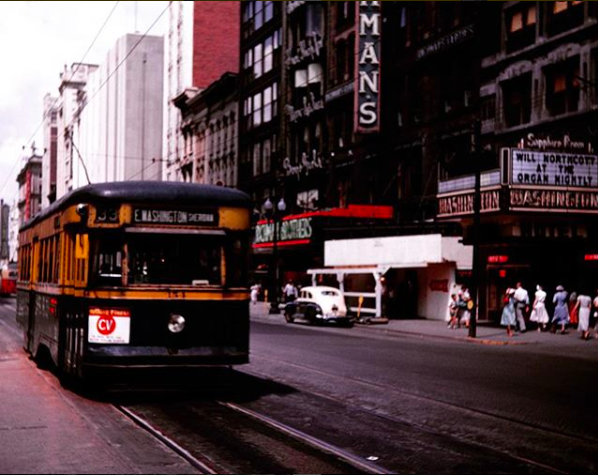The Hoosier Heartland Trolley Company is excited to announce that Electrify 429 has received a $3,000 grant from Tom E. Dailey Foundation. Electrify 429 is a capital campaign for the operational restoration of one of Indiana’s last interurbans – an intercity electric railway car. This grant will be applied towards the cosmetic restoration of the car’s smoking section as phase one of a four-phase restoration plan, which is already underway at a private facility near Indianapolis.
Roaring 20s Anew: Looking Towards an Electrifying Future
From president Austin Mace and the Board of Directors. 2019 was a banner year for the Hoosier Heartland Trolley Company, with a number of projects starting throughout the organization and taking shape. As year-end approaches, please consider a tax-deductible donation to our Electrify 429 campaign or general fund.
How Adaptive Reuse and Hoosier Passion Preserved Railway Heritage
So, what does a gravel pit office, tire shed, house, an outdoor cabin and a helicopter ride have in common?
-A captivating story full of twists and turns, legendary artifacts from Indiana’s past, and forward-thinking Hoosiers that have worked tirelessly across generations to preserve our world-renowned electric railway heritage.
Carrying the Torch Forward – Preserving Our Electric Railway Heritage
With the interurban system dissolving in 1941 and streetcar systems converting to buses in the 1950s, many alive today do not remember nor even know the state had one of the world’s greatest transportation networks. In the 1920s, the electric railway system peaked with more than 15,000 operating trolleys and more than 2 million passengers in a year. Cars would depart the traction terminal in Indianapolis (trolley station) nearly every minute for destinations across the state, once passing the steps of the Indiana Statehouse. With the conclusion of the Golden Age of railroading in America, began the railway preservation movement.
An Adventure in Saving Hoosier History
-Long days, late nights, conference calls, precision logistics, all while balancing full-time careers, family obligations, etc. This is what occurs day-in and day-out within preservation groups across the country. For our new nonprofit organization near Indianapolis, it has been no exception relocating Indiana’s last surviving trolleys.






